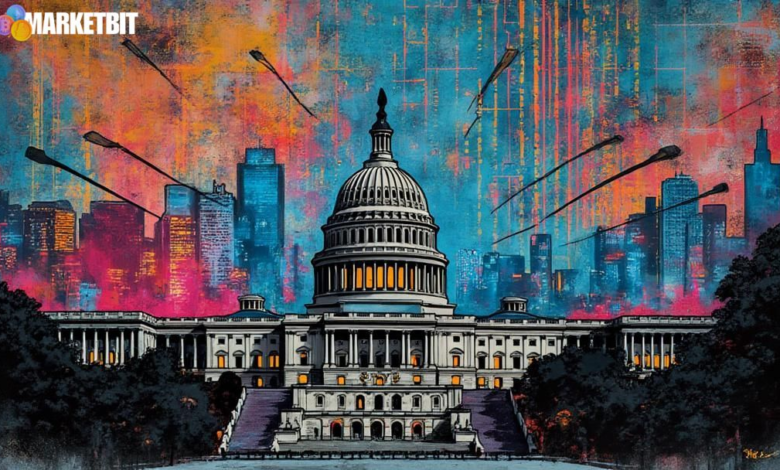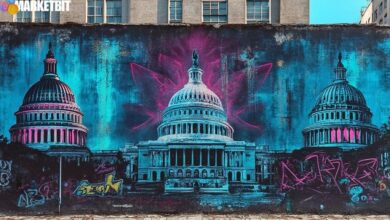Crypto Policy Changes in 2025

- U.S. Executive Branch urges federal-level crypto trading.
- DOL restores crypto access in 401(k) plans.
- Rise in Ethereum-led market and DeFi metrics.
The U.S. executive branch announced policy changes in August 2025 intending to expand crypto market access, with significant enhancements in DeFi metrics reported by Ethereum.
These changes may reshape crypto market dynamics by increasing institutional participation and retirement-plan access, potentially driving liquidity and growth in major cryptocurrencies like Bitcoin and Ethereum.
The U.S. government initiated broad policy changes impacting cryptocurrencies in August 2025. A newly released White House report outlines significant shifts enhancing digital asset markets.
Key actions include urging the SEC and CFTC to enable federal crypto trading. A White House working group criticized the current regulation methods.
Calls for the SEC and CFTC to use their existing authority to ‘immediately enable the trading of digital assets at the federal level,’ while ‘criticiz[ing] past use of enforcement actions as the primary digital asset regulation mechanism.’
The changes offer wider access to crypto markets for U.S. investors, potentially boosting market liquidity and participation. The Department of Labor’s move also plays a significant role in this transformation.
The DOL’s revised guidance removes barriers for crypto in 401(k) plans, reverting to a neutral fiduciary standard. This decision may significantly increase retirement plan investments in digital assets.
Effectively ‘rescinds ‘in full’ the Biden administration’s 2022 guidance on cryptocurrency in 401(k) plans,’ restoring a neutral fiduciary standard for considering crypto and other alternatives in ERISA plans.
This shift may increase market volumes and volatility as institutional interest grows. The implications extend to regulatory clarity and potential amendments in trading practices and participant behavior.
The outcomes could involve a broader institutional embrace of crypto assets and technological advancements. Historical trends suggest these policy catalysts may open new avenues for investment flow and competitor reshuffle.





